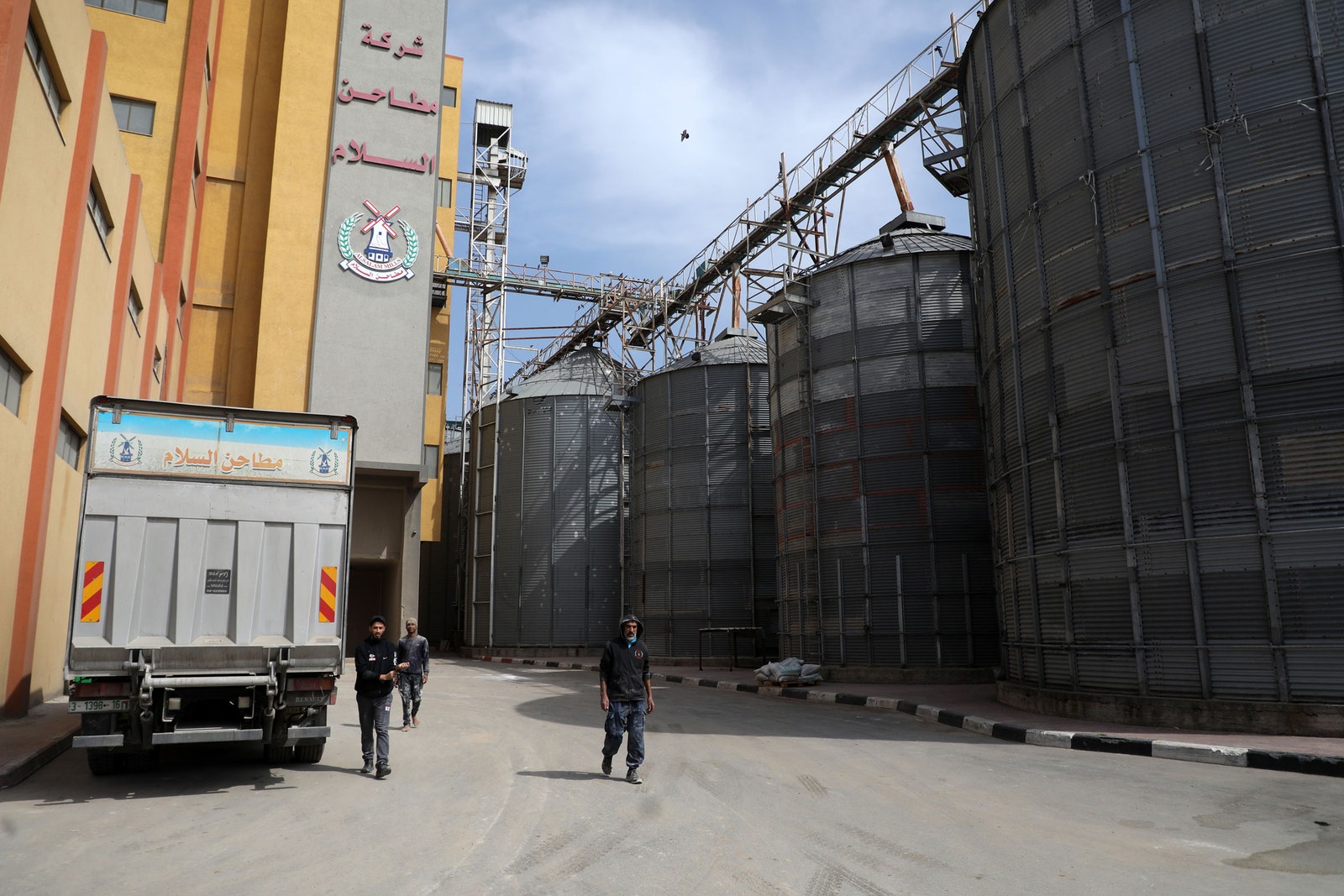The relentless shelling of Ukraine is obscuring a shadow crisis created by the war: long-term damage to the global food system that seems likely to increase hunger, disrupt markets, change land and water use, and possibly even release more carbon into the atmosphere.
Russia and Ukraine are Europe’s breadbasket; the International Food Policy Research Institute estimates that their exports represent 12 percent of all the food calories traded in the world. The two countries account for almost 30 percent of global wheat exports, almost 20 percent of corn exports, and more than 80 percent of the world supply of sunflower oil. Those exports are stalled for different reasons—in Ukraine by Russia’s invasion, and in Russia by global sanctions—but the net effect is the same. It’s as if Iowa and Illinois, the heart of US grain production, were ripped off the map.
Early signs of that damage appeared this week. The first monthly assessment of world food crops published by the US Department of Agriculture since the war began projected that Russian and Ukrainian wheat exports would fall by at least 7 million metric tons this year. Simultaneously, the Ukrainian cabinet voted to ban all wheat exports, along with shipments of oats, millet, buckwheat, and cattle—keeping their products at home for their own people’s needs.
“This crisis is beyond the normal ability to shuffle supplies around,” says Scott Irwin, an agricultural economist and professor in the College of Agricultural, Consumer and Environmental Sciences at the University of Illinois at Urbana-Champaign. “We’ve exploded that system, and the cost is going to be extreme economic pain.”
The crop crisis in Ukraine has several components. Goods that have already been harvested—last autumn’s corn, for instance—can’t be transported out of the country; ports and shipping routes are closed down, and international trading companies have ceased operations for safety. (Plus, while those crops sit in bins, destruction of the country’s power grid takes out the temperature controls and ventilation that keep them from spoiling.) This year’s wheat, which will be ready in July, can’t be harvested if there’s no fuel for combines and no labor to run them. Farmers are struggling over whether to plant for next season—if they can even obtain seeds and fertilizer, for which supplies look uncertain. (Russia is the world’s biggest exporter of fertilizers; it suspended shipments last week.)
Global food prices spiked to an all-time high before the war even began, thanks to the pressure that the Covid pandemic put on supply chains, and wheat prices are now at a 14-year peak. Analysts worry that the countries that buy the most wheat from Ukraine—predominantly in Africa and the Middle East—will have the hardest time paying as prices rise.
Palestinian workers work in a wheat mill, in Deir al-Balah in the central Gaza Strip, on March 1, 2022. Russia’s invasion of Ukraine could mean less bread on the table in Palestine, Lebanon, Yemen and elsewhere in the Arab.Photograph: Majdi Fathi/Getty Images



